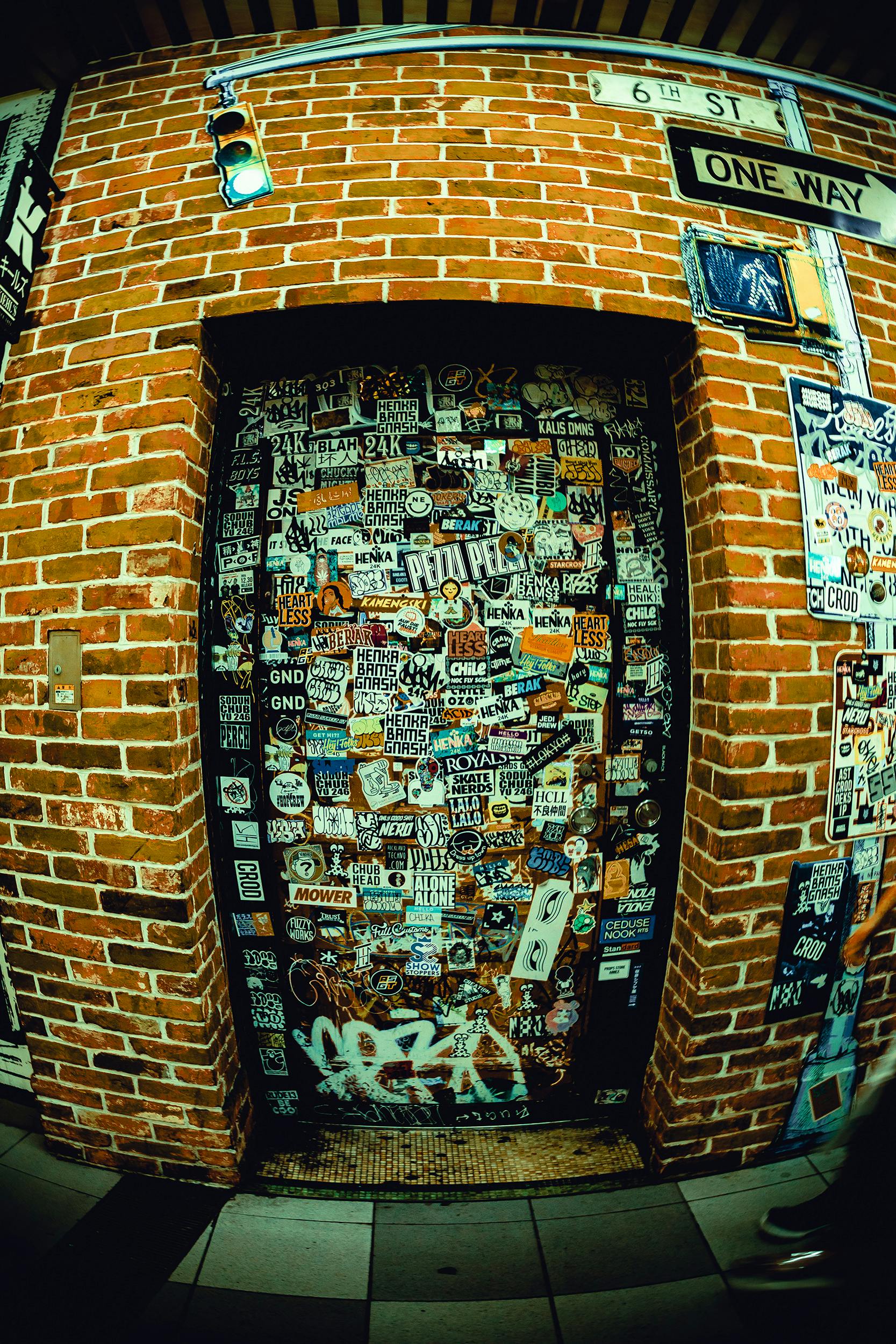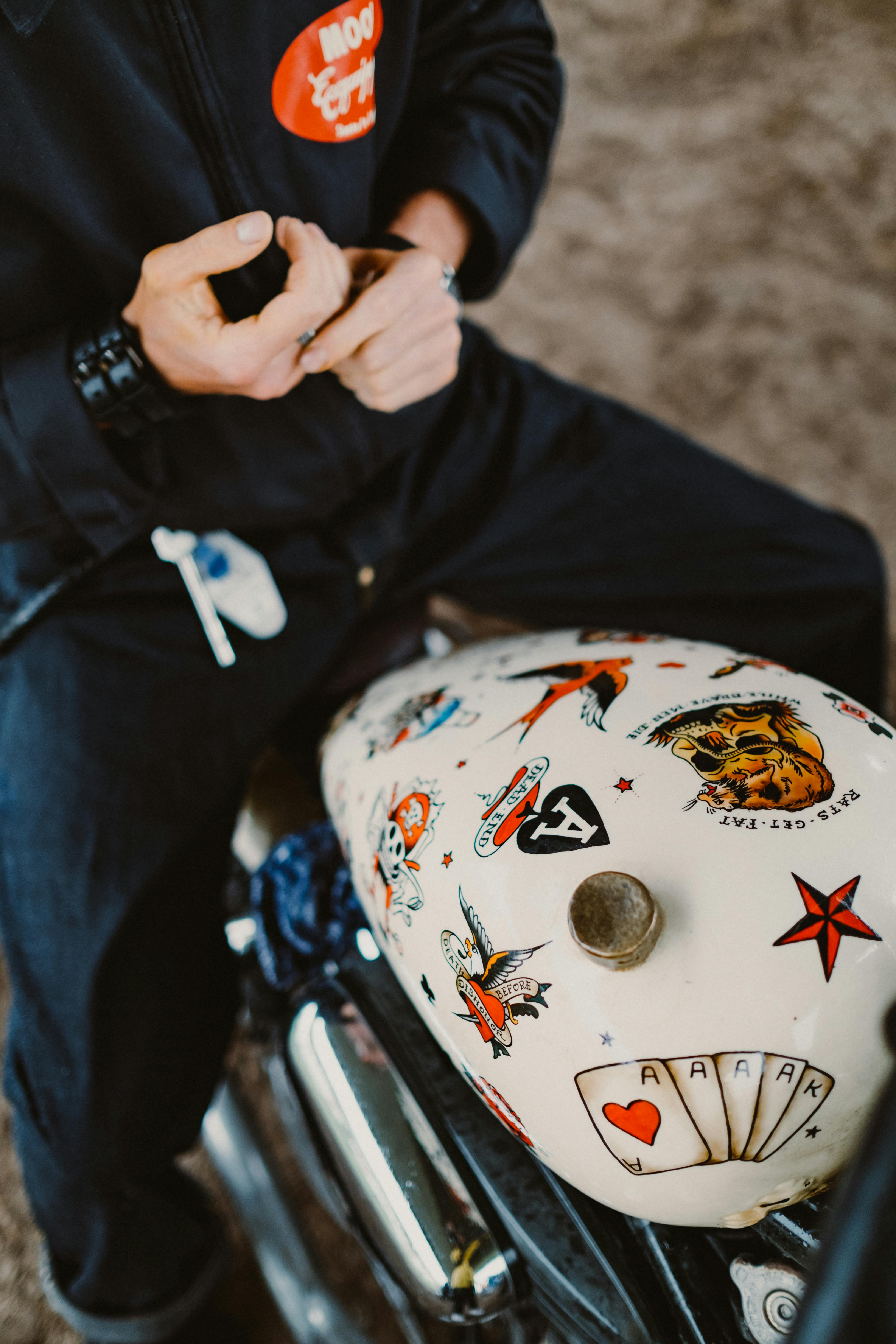Explore the World of Travel Vintage Stickers
Travel vintage stickers have made a bold comeback, blending nostalgia with a creative twist. As collectors and travelers seek unique ways to express their journeys, these retro pieces have carved out a distinct niche. In this article, you’ll explore their origins, uses, artistic applications, and how to incorporate them into modern aesthetics and branding.

Understanding the Fundamentals
Travel vintage stickers are decorative labels that typically feature nostalgic designs tied to global destinations. Originating in the early 20th century, they once adorned trunks and suitcases of elite travelers and cruise passengers. These stickers were more than decoration—they symbolized adventure, luxury, and wanderlust.
Today, vintage travel stickers are sought after for their visual charm and historical value. They reflect a bygone era of exploration and craftsmanship, connecting people with stories of past journeys. Whether you’re a collector, designer, or brand strategist, understanding these elements is key.
1.1 Nostalgia as a Design Element
Nostalgia is a powerful emotional connector in visual media. Travel vintage stickers evoke memories of simpler times, vintage aesthetics, and a tactile world of hand-drawn maps and analog travel. For instance, 72% of design professionals report that retro-themed products perform better in social engagement and shelf appeal.
Vintage stickers often use warm color palettes, serif typography, and illustrated landscapes. These cues are intentionally evocative, drawing users into emotional engagement with the product or brand.
1.2 Authenticity and Storytelling
Unlike modern mass-printed stickers, vintage travel stickers often carry handcrafted qualities. This uniqueness sets them apart from generic options and helps convey a sense of place and time. Authenticity has become a core value in brand messaging, and these elements perfectly support that goal.
Many brands use vintage sticker motifs to tell a deeper story about their origins or values. It adds dimension and credibility, especially for businesses in travel, hospitality, or heritage products.
Practical Implementation Guide
Knowing the history and appeal of travel vintage stickers is just the beginning. The next step is incorporating them into personal or business projects effectively. Expect to gain aesthetic impact, emotional resonance, and visual distinction when done correctly.

2.1 Actionable Steps
- Define Your Theme: Choose sticker designs that reflect your destination, era, or emotional tone. For example, 1960s airline logos or Route 66 signs.
- Gather Materials: Use high-resolution digital prints or source authentic vintage labels from collector shops and online marketplaces.
- Plan Placement: Map out where stickers will go—luggage, journals, laptops, packaging. Space them evenly for a balanced look.
2.2 Overcoming Challenges
Several challenges may arise when integrating vintage stickers into modern use:
- Fading or low-quality prints — Solve with professional scans and UV-protected laminates
- Sticker residue on surfaces — Use repositionable adhesives or sticker-safe varnishes
- Clashing designs — Stick to a consistent color palette and theme
Experts recommend testing on sample surfaces first and maintaining digital backups of sticker art to avoid loss. Regular maintenance helps preserve quality, especially for collectible or display pieces.
Advanced Applications
Once you’ve mastered the basics, you can move into more complex uses of travel vintage stickers. These methods can enhance brand storytelling, develop unique products, or even create curated art installations that resonate with audiences across generations.

3.1 Custom Product Design
Brands increasingly incorporate vintage travel sticker aesthetics into product packaging, apparel, and promotional materials. A notable example is a coffee brand that printed vintage travel art on limited-edition tins—leading to a 34% increase in customer retention over three months.
Track effectiveness through performance metrics like engagement rates, conversions, and shelf life. Design consistency and cultural resonance are key to success.
3.2 Digital Integration & AR
Advanced creators are using digital renderings of vintage stickers in augmented reality experiences. Users can “collect” stickers by scanning QR codes at tourist attractions or brand events. This blend of physical charm and digital novelty keeps audiences engaged.
Ensure cross-platform compatibility and lightweight assets for smooth performance. Formats such as SVG and WebP offer scalability without quality loss.
Future Outlook
As consumer preferences continue to lean into nostalgia and authenticity, travel vintage stickers are positioned for further innovation. AI-generated retro styles, interactive sticker books, and limited-edition drops are already gaining momentum in niche communities.
Over the next 3-5 years, expect more personalized experiences with vintage aesthetics, especially as small businesses look for low-cost but high-impact branding tools. Staying adaptable and creative will allow enthusiasts and brands to ride this wave successfully.
Conclusion
Three takeaways stand out: travel vintage stickers hold strong nostalgic value, they offer versatile design applications, and they can significantly enhance branding efforts. Whether you’re decorating a journal or launching a retro-themed product line, these stickers can set your work apart.
Start exploring vintage sticker archives, experiment with placement, and let your creativity flow. You may find a world of expression and storytelling that’s both classic and fresh.
Frequently Asked Questions
- Q: What are travel vintage stickers? Travel vintage stickers are nostalgic decorative labels used to showcase destinations, often styled after early-to-mid 20th-century design themes.
- Q: How do I begin collecting them? Start by researching styles or regions you’re passionate about, then search online marketplaces or vintage stores for authentic pieces.
- Q: How long does it take to create a vintage sticker collection? Beginners can build a modest collection in a few weeks, but curated sets may take months or years depending on rarity and condition.
- Q: Are they expensive? Prices range from $1 for reproductions to $100+ for rare originals. Factors include age, condition, and source.
- Q: How do they compare to modern stickers? Vintage stickers offer more emotional and visual depth, whereas modern ones often focus on branding efficiency.
- Q: Are they hard to apply? Not at all. Most vintage stickers use standard adhesives. Just ensure a clean, dry surface for best results.
- Q: Can they be used in the travel industry? Absolutely. Hotels, airlines, and travel gear brands use vintage sticker styles for heritage branding and packaging appeal.
